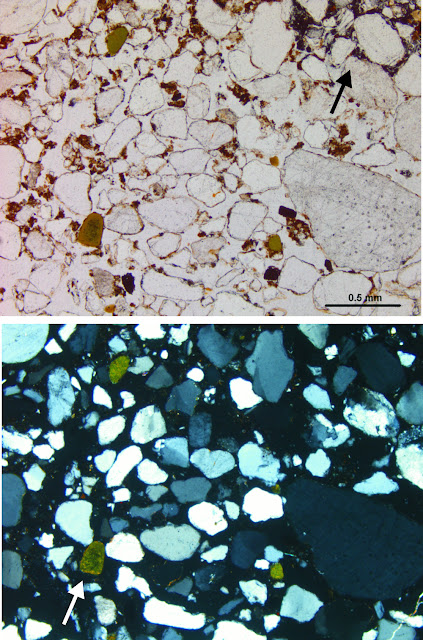Middens from the Mound of Beads

Ashy midden deposits in thin section. Since starting my new job as a Research Fellow, I feel like the amount of actual research I have done is limited! But I have spent plenty of time applying for money to do research. It must be nice being a researcher in a subject that doesn't require expensive laboratory work or sample processing. I have daydreams about spending all my time just reading and writing in a nice quiet library somewhere, preferably overseas and sunny. On the plus side, the more funding applications I write, the quicker it gets, and sometimes I even get the money! I just found out recently I was awarded a University of Edinburgh Munro Research Grant to complete the pilot work I've been doing on material from Boncuklu Hoyuk ('the place of beads') in Turkey. I started working there after finishing my PhD, I think the first samples I collected were in 2009, but due to the expense of producing thin sections, I was not able to get them processed at the time



